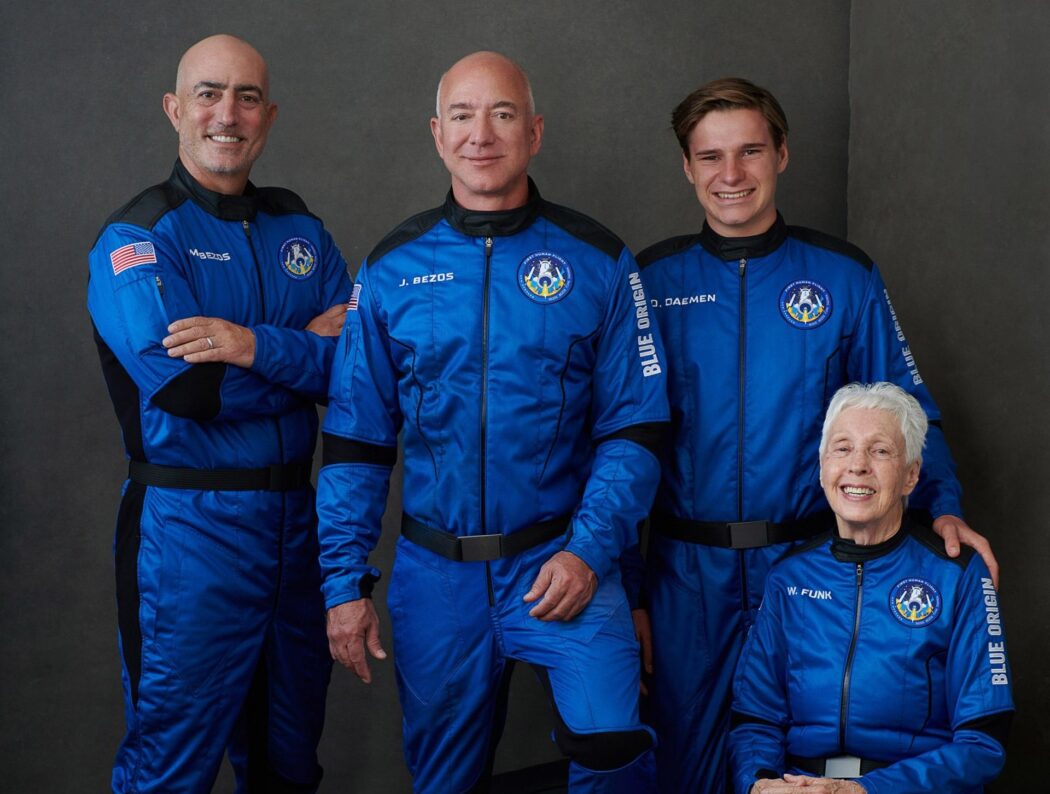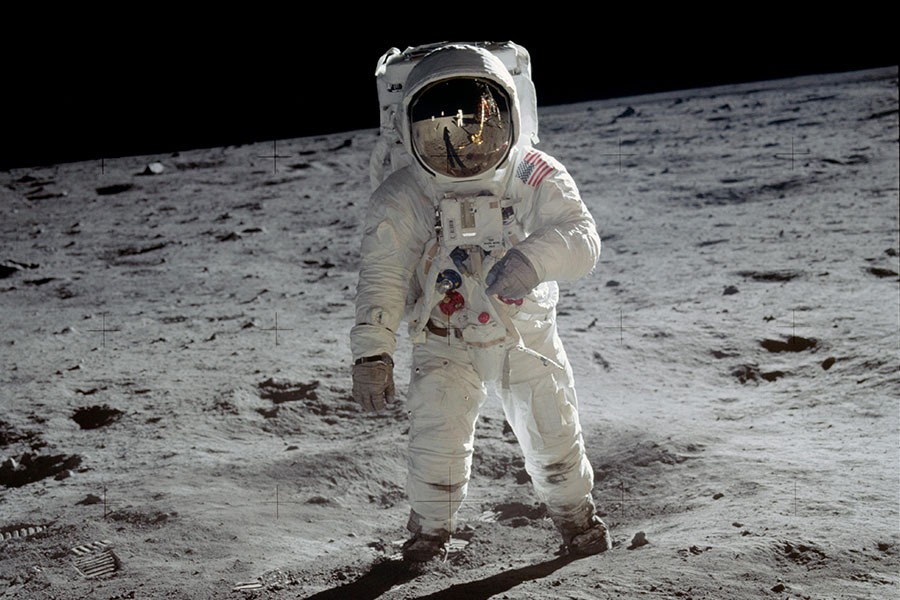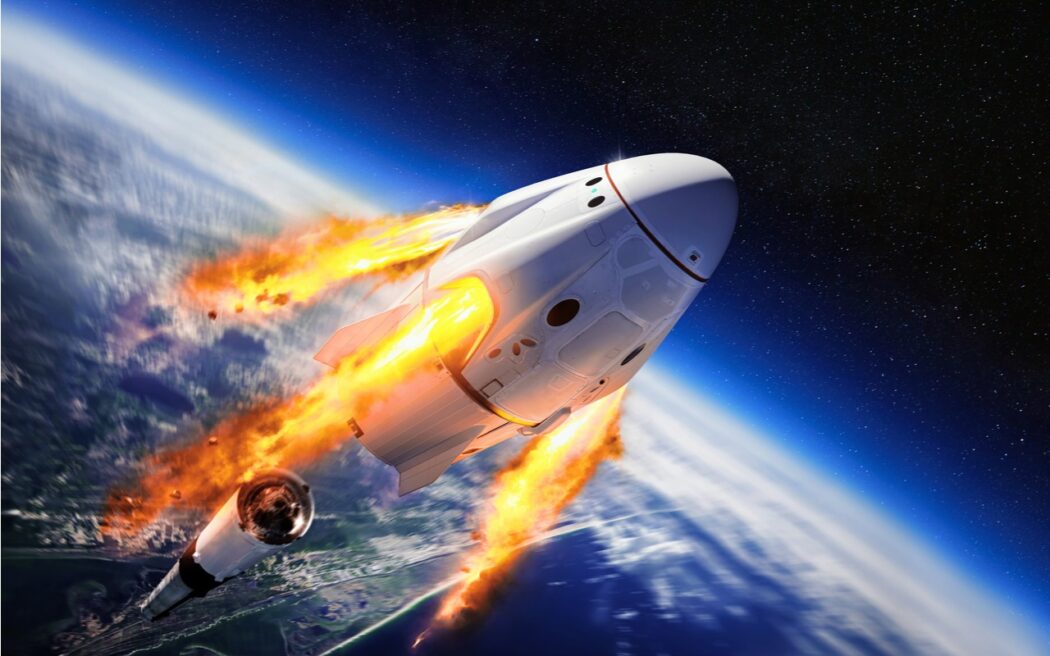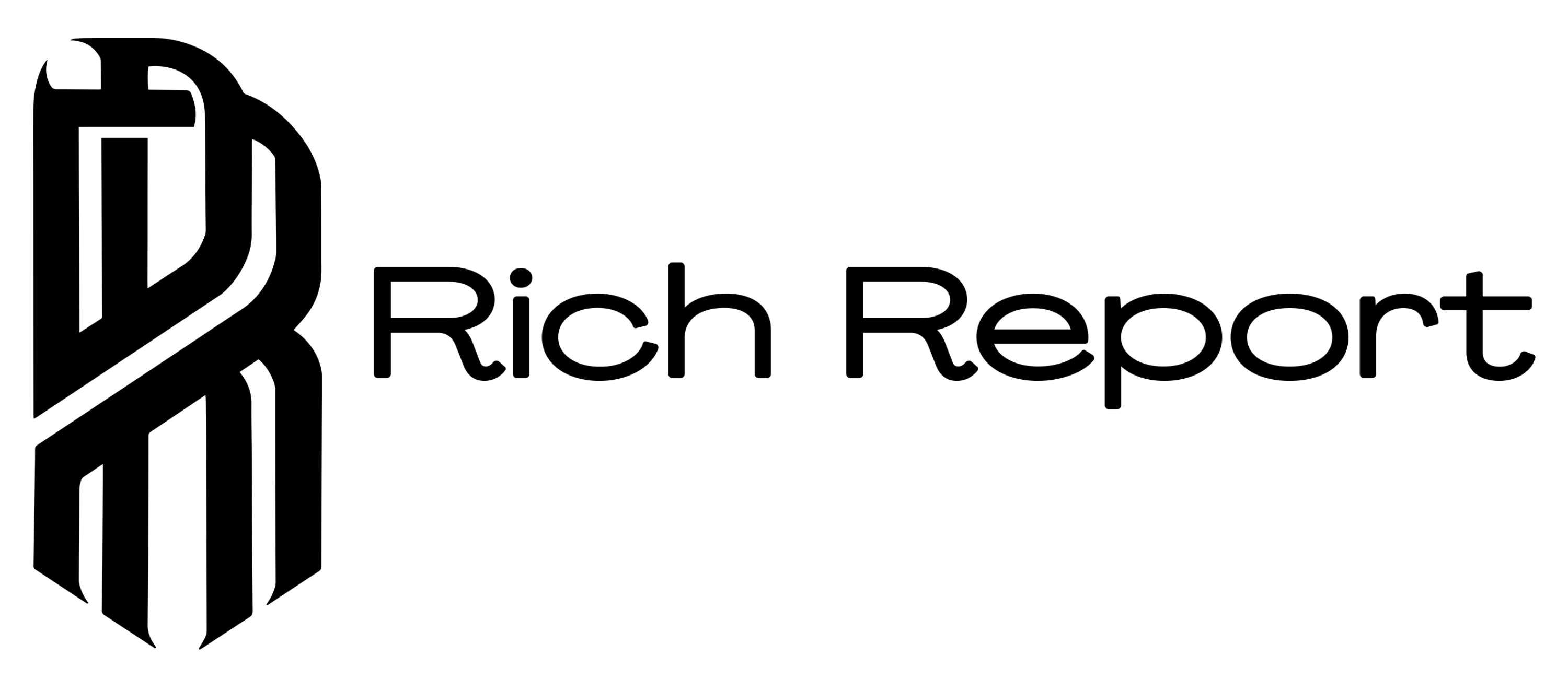Blue Origin has announced the launch of a rocket this Sunday, marking the end of a nearly two-year hiatus. The space tourism company last conducted a crewed suborbital mission with its NS-22 flight in August 2022. Following that, a New Shepard spacecraft experienced a mid-flight disengagement during an uncrewed mission. Fortunately, the capsule safely parachuted back to Earth.
The incident was attributed to a “thermo-structural failure” in the BE-3PM engine nozzle. After a 15-month break, Blue Origin resumed operations in December 2023 with the uncrewed NS-24 mission.
Blue Origin offers both research and space-tourism suborbital missions that reach approximately 100 kilometers above Earth, touching the Karman line, often considered the boundary of space. At this altitude, the crew experiences a few minutes of weightlessness before the capsule returns to the company’s launch site in Van Horn, Texas. The entire flight lasts about 10 minutes.

The crew for this mission is diverse, including Ed Dwight, 90, the first black astronaut candidate in the U.S. in 1961; venture capitalist Mason Angel; Sylvain Chiron, founder of French craft brewery Brasserie Mont Blanc; entrepreneur Kenneth L. Hess; retired accountant Carol Schaller; and pilot and aviator Gopi Thotakura.
The return of Blue Origin’s commercial flights—rumored to cost between $200,000 and $28 million per seat—rekindles the space race between Jeff Bezos’s company and Richard Branson’s Virgin Galactic.
Virgin Galactic plans to launch its seventh commercial flight aboard the VSS Unity on June 7. Unity, carried aloft by its mothership Eve, will separate at 45,000 feet before ascending to space. This will be Virgin Galactic’s seventh space-tourism flight since launching its commercial program last year, following an earlier mission on January 26.
The full crew for the June 7 flight hasn’t been disclosed, but Turkish astronaut Tuva Atasever will conduct suborbital research, facilitated by Axiom Space, which has organized trips for other scientists to the International Space Station. Two Americans and an Italian will join the flight as space tourists.
However, the anticipated competition between Virgin Galactic and Blue Origin, especially after Branson and Bezos’s respective flights in 2021, has not fully materialized. June’s flight will be the last for VSS Unity, as Virgin Galactic plans to pause its commercial program until 2026. The company is developing two new Delta-class spaceplanes, which are expected to conduct hundreds of suborbital flights annually by 2026. Virgin Galactic aims to operate 125 flights per year, carrying 750 tourists at $450,000 per seat, potentially achieving profitability for the first time.
Recently, SpaceX signaled its entry into the space tourism market by adding a page to its website detailing four missions available to the public, complete with an email address for inquiries (humanspaceflight@spacex.com). Although the “Join a Mission” button is currently inactive, this move marks the first time SpaceX has publicly advertised space tourism opportunities.

SpaceX, which has transitioned from a startup to a leader in commercial space transport, displayed diagrams of its Dragon and Starship spacecraft, outlining four potential missions. These include a three- to six-day Earth orbit mission later this year aboard the Dragon and a 10-day trip for four to the International Space Station, expected by 2025.
Additionally, a seven-day moon mission is in the works, capable of carrying up to 12 passengers in individual suites, presumably aboard the Starship. While the launch date for this mission remains unspecified, the website mentions it could occur in the near future. A mission to Mars, involving a journey of 140 million miles, is also planned. Details on costs and dates are yet to be provided, though the website notes that Mars has 38% of Earth’s gravity, and a day there lasts 24 hours and 37 minutes.




